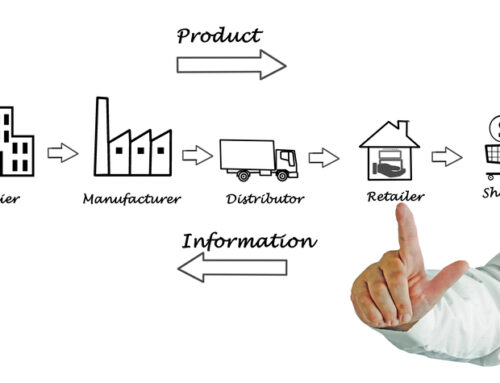It’s April! This is the month that we not only get rainy days and spring flowers, but also the month in which we celebrate our Mother Earth and participate in Fashion Revolution Week. As part of our continuing education series on fabrics and sustainability, we offer you a peek behind your clothing labels. This month, it’s all about Tencel™, a fabric you’ll be seeing more of in the future.

Photo by Volha Flaxeco @Unsplash
What is Tencel?
Tencel is definitely NOT the shiny silver stuff you put on a Christmas tree. It is, however, a fiber made from the wood pulp of trees. Tencel drapes well, is wrinkle-resistant, and has a soft, silky feel. For this reason, it’s often blended with stiffer fabrics such as cotton. It also holds dye well. Plus its breathability and moisture wicking properties makes it a popular fabric for use in everything from sheets to lingerie and yoga pants.
Tencel fibers come from a variety of trees, mainly beech, birch, eucalyptus and spruce. The wood is typically sourced from fast-growing forests that are sustainably managed. These fibers are transformed using a process called spinning, which mixes the wood pulp with a chemical solvent, which is then pushed through small holes in a spinneret nozzle to create wood cellulose fibers.
Unlike other cellulosic fabrics like viscose (Rayon™), the chemicals used to create Tencel are less toxic to the environment and to textile workers; furthermore, these chemicals get recycled during processing so there’s minimal waste. After being treated, the fibers are spun into thread and then woven into fabric.
Lyocell vs. Modal
If you read labels (like we all should!), you may notice that there are two types of Tencel: Tencel lyocell and Tencel modal. Tencel lyocell fibers are blended with other textile fibers like cotton and polyester, to add softness and durability. Tencel lyocell is a stronger and more durable fabric, typically used in bedding and denim.
Tencel modal fibers are made in the same way as lyocell except the threads are thinner and softer to the touch. Tencel modal is popular for use in lounge wear, underwear, and your favorite yoga pants.

Photo by Volha Flaxeco @Unsplash
Why Buy Tencel?
There are many reasons to choose Tencel fabric clothing. Garments made from Tencel wear well – and they are comfortable, attractive, and earth-friendly. It’s becoming more available in the US, and is seen most often in European-made styles.
A zero-waste approach to reusing or recycling unwanted garments is the best way to manage the environmental impact of Tencel. Though Tencel fibers are naturally biodegradable and compostable, it’s worth noting that dyes and fabric additives enter the soil when the garment is disposed of. Avoiding fast fashion and selecting garments for durability and timelessness encourages overall sustainability and reduces the carbon footprint.
Balodana designers are all aware of the challenges of balancing sustainability concerns with the demands of consumers who like variety in fabrics and styles. Several of them are using Tencel fabrics, including Sumissura and Delia von Hahn.


